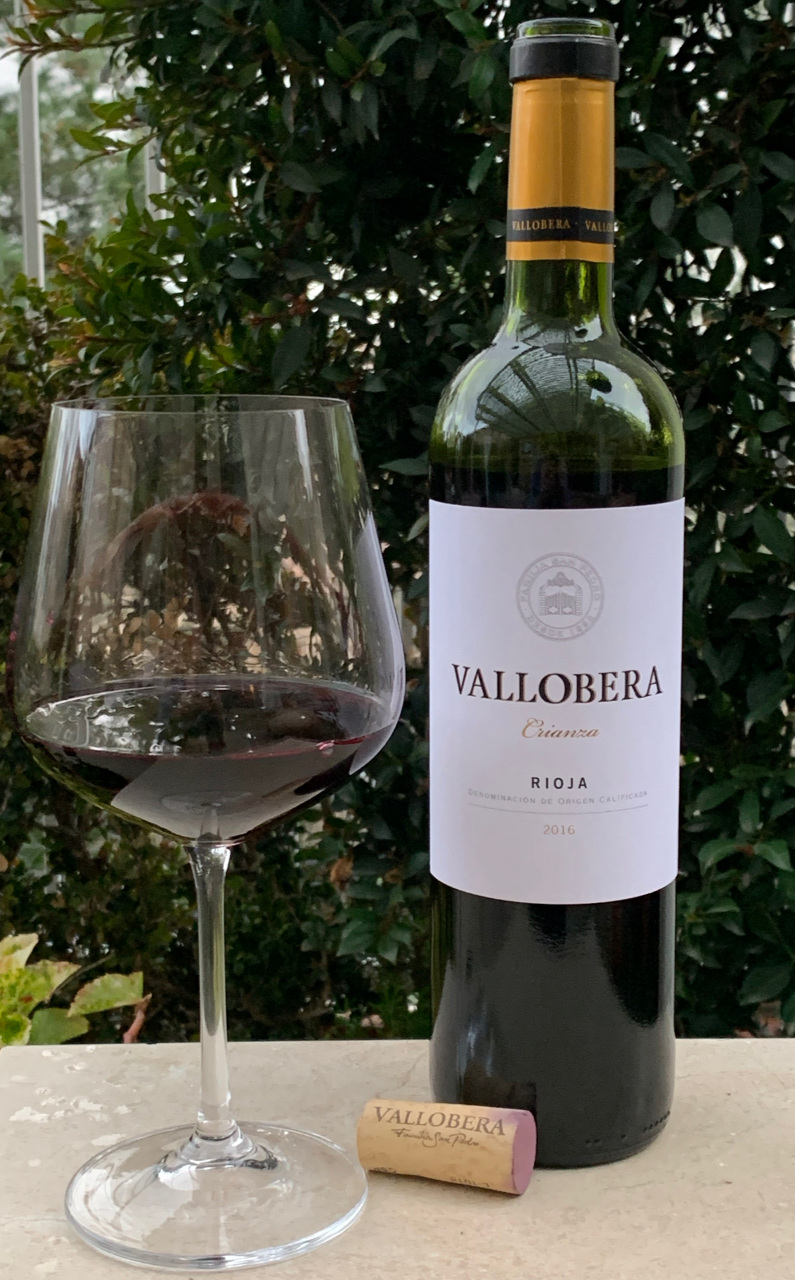You’ve seen them. The wine scores posted alongside the bottles on the shelf. 90 points. 88 points. 92 points. But what does it really mean? Is it a good indicator for making your wine selection?
Well, the old adage “Buyer Beware” certainly applies when it comes to wine scores.
One reason is that there are some reputable wine rating systems (e.g., Wine Spectator, Wine Enthusiast, Robert Parker’s The Wine Advocate) and then there are wine ratings from “The Crew” at the local market or “Bob’s Favorite” at the Big Box wine store.
Let’s look at Wine Spectator scoring system that follows a 100-point scale:
95-100 Classic: a great wine
90-94 Outstanding: a wine of superior character and style
85-89 Very good: a wine with special qualities
80-84 Good: a solid, well-made wine
75-79 Mediocre: a drinkable wine that may have minor flaws
50-74 Not recommended
This seems like a nice broad spectrum from which to differentiate wines. But, you probably aren’t going to come across a whole lot of 95-100 point wines in a typical store. And, you’re unlikely to find anything rated 84 points or below anywhere. Because those scores just don’t sell wine. So, you’re going to see some wines scored in the 85 - 89 “Very Good” range and most rated wines will be in the 90-94 “Outstanding” category. But you’ll also be faced with all those other wines on the shelf that don’t have any ratings! What about them?
Even with a 91 point score from Wine Spectator, you’ll have to ask yourself if your wine palette is similar enough to these professionals? Yours is likely different. So, you may try a 91 point Cabernet Sauvignon and say “No, I don’t care for that at all.” And that’s OK.
Another thing to beware of is the actual bottle on the shelf versus the one that received the rating. I see this all the time. The sign says “Wine Spectator 90 Points.” But, then you read the fine print and learn that it’s the 2013 that received that score. And, the bottle on the shelf is a 2015. The 2015 may be drastically different.
So, buyer beware. The wine scores from reputable organizations certainly are an indication of the quality of the wine. But, don’t let that be the only factor you use when choosing wine. Let your own palette guide you. And we’ll get into that a bit more next time.
Cheers!





